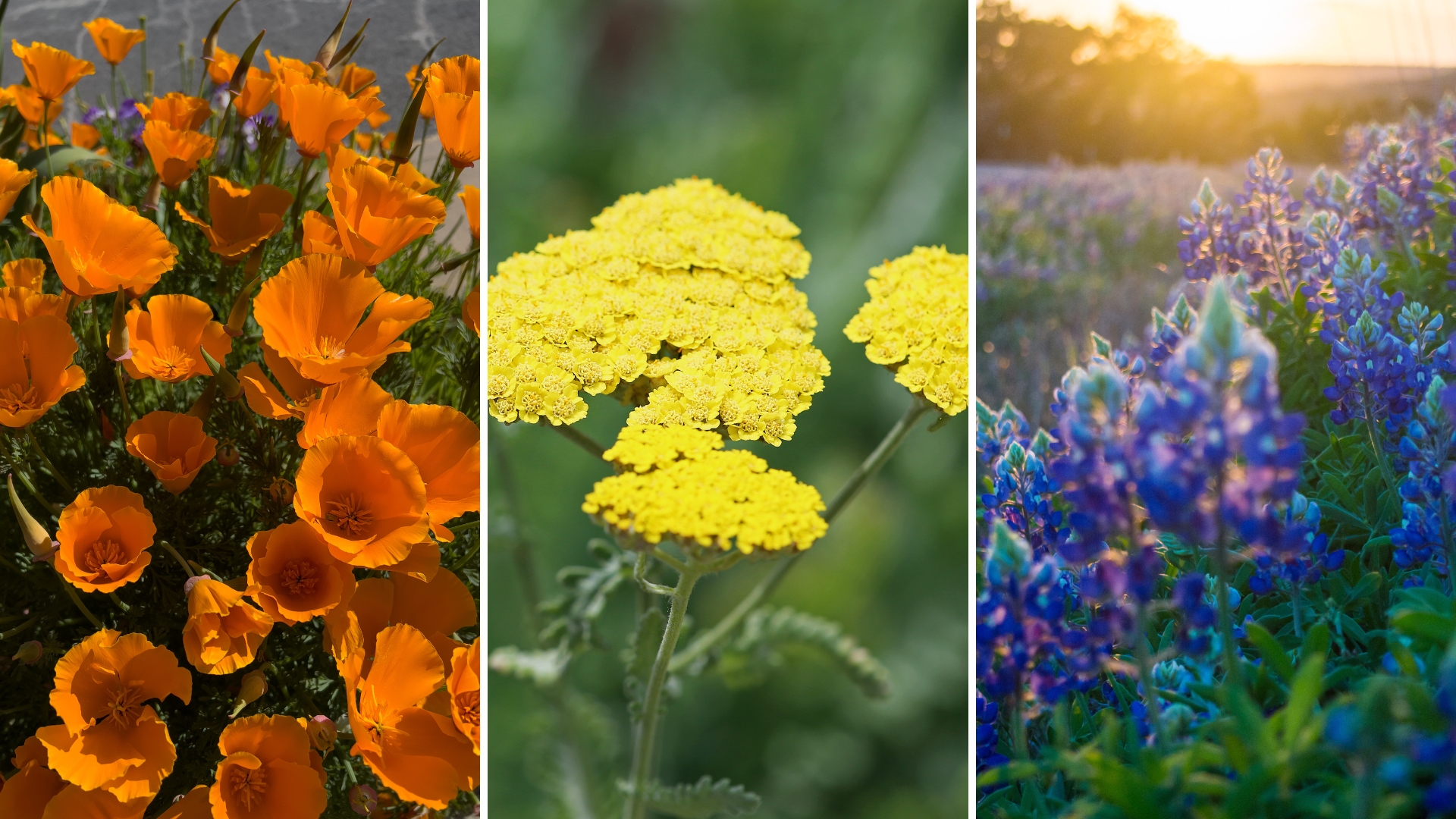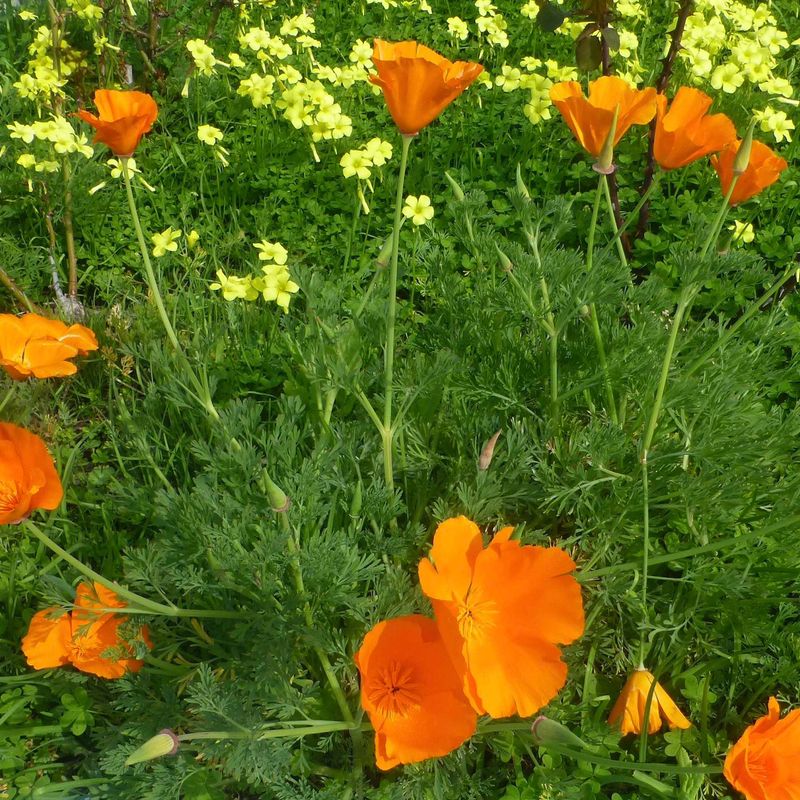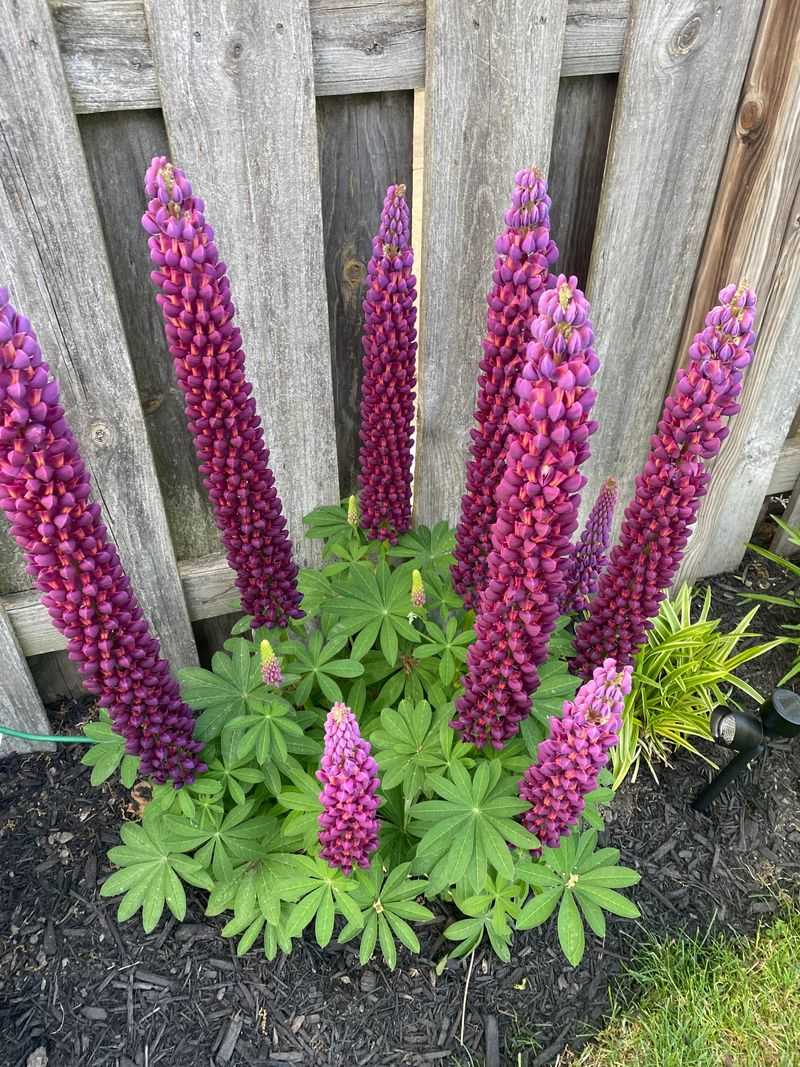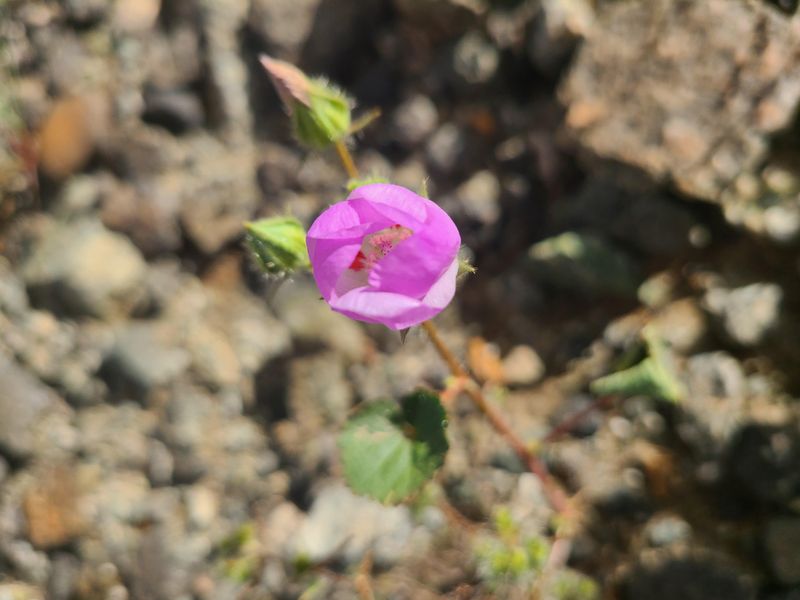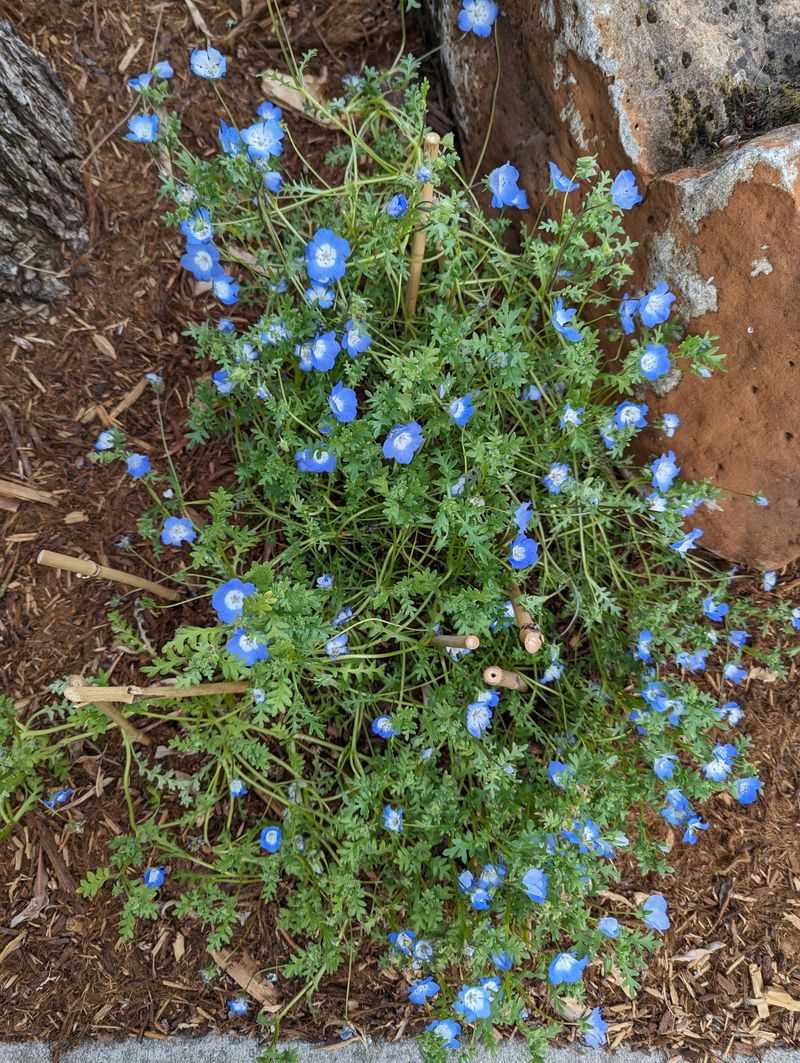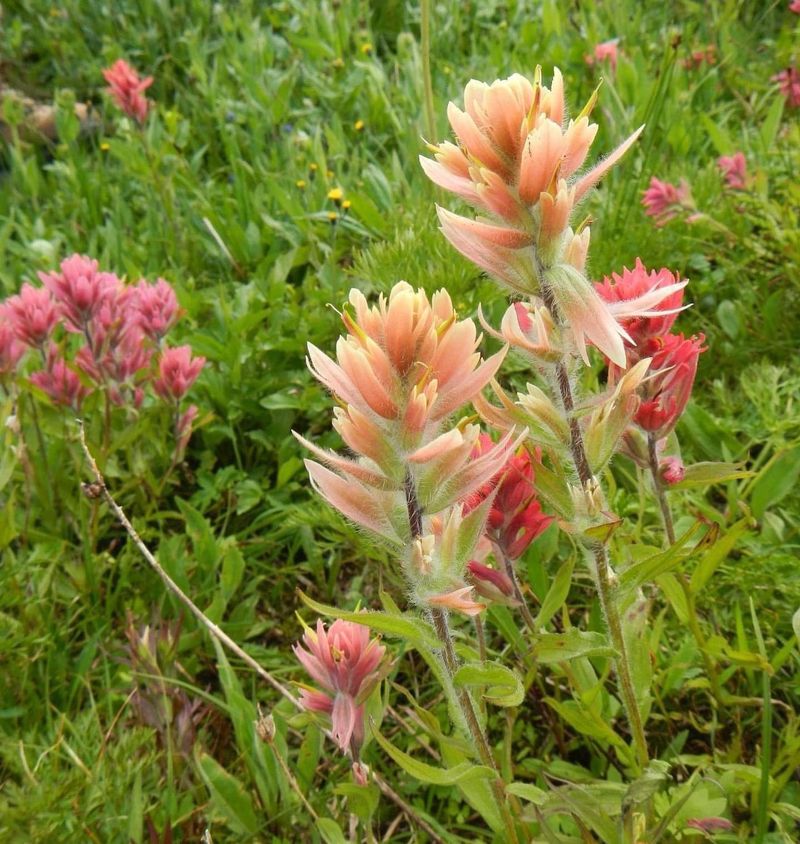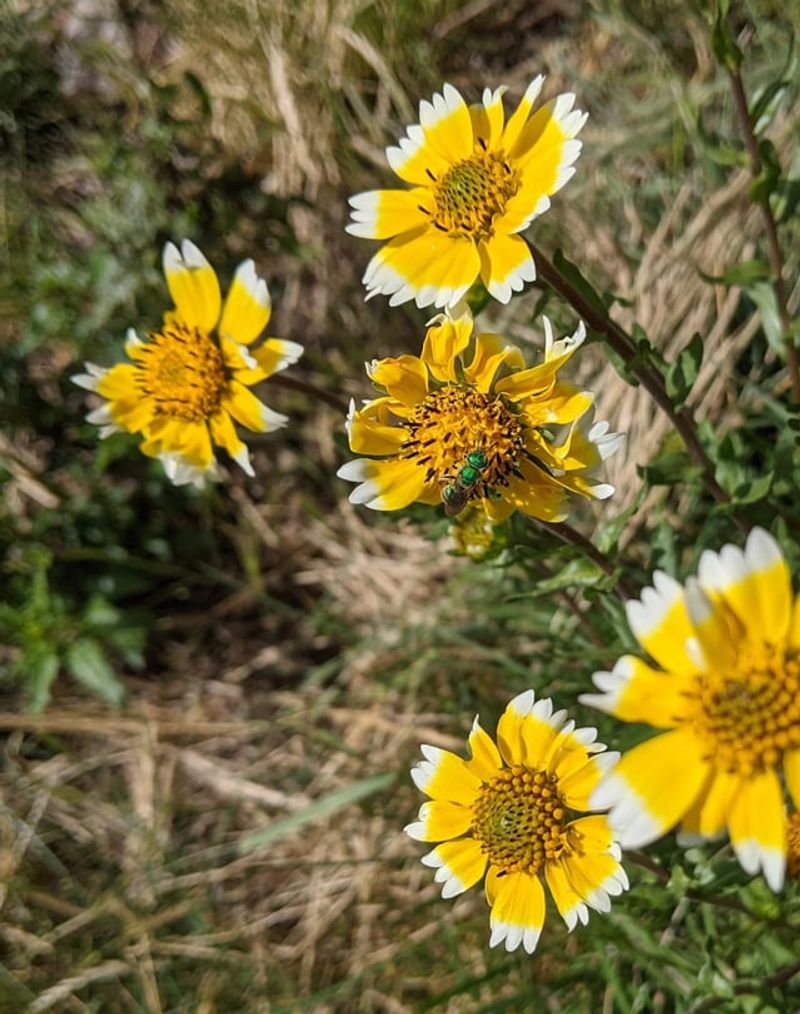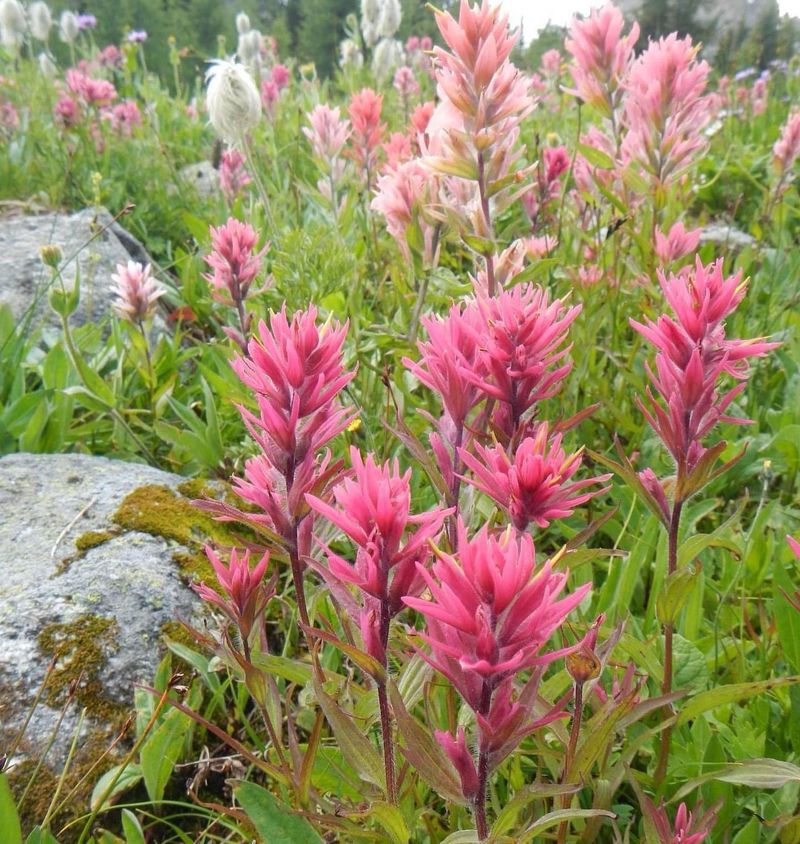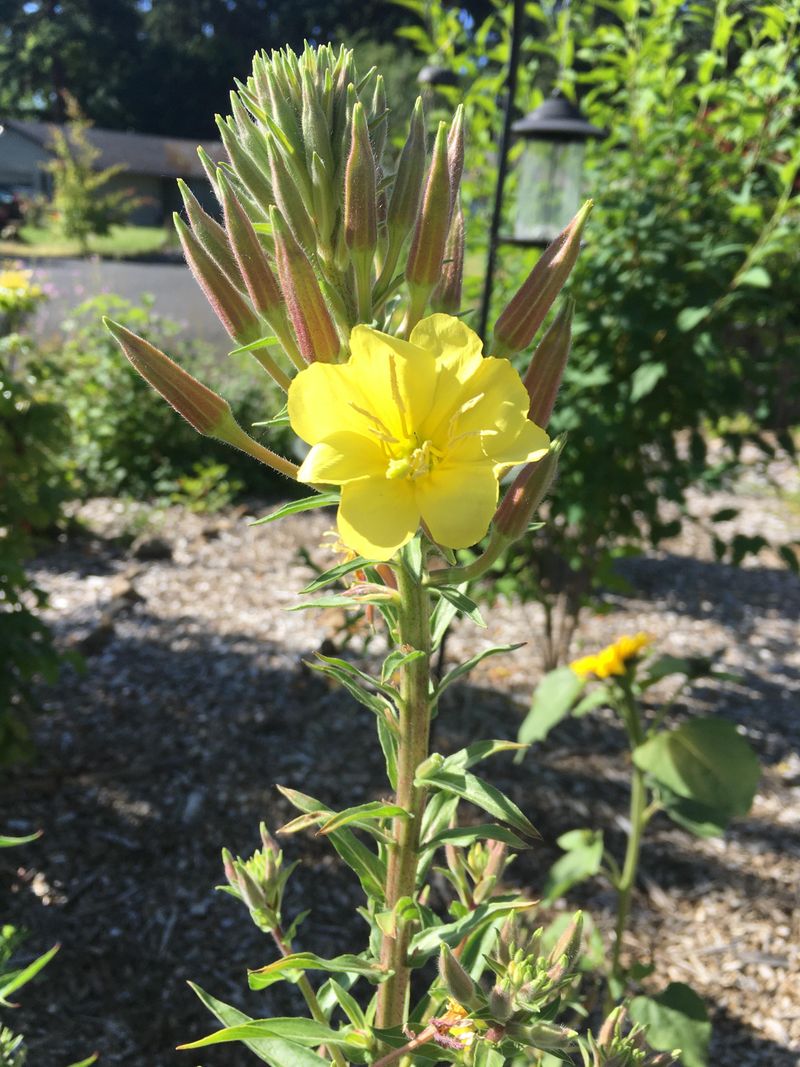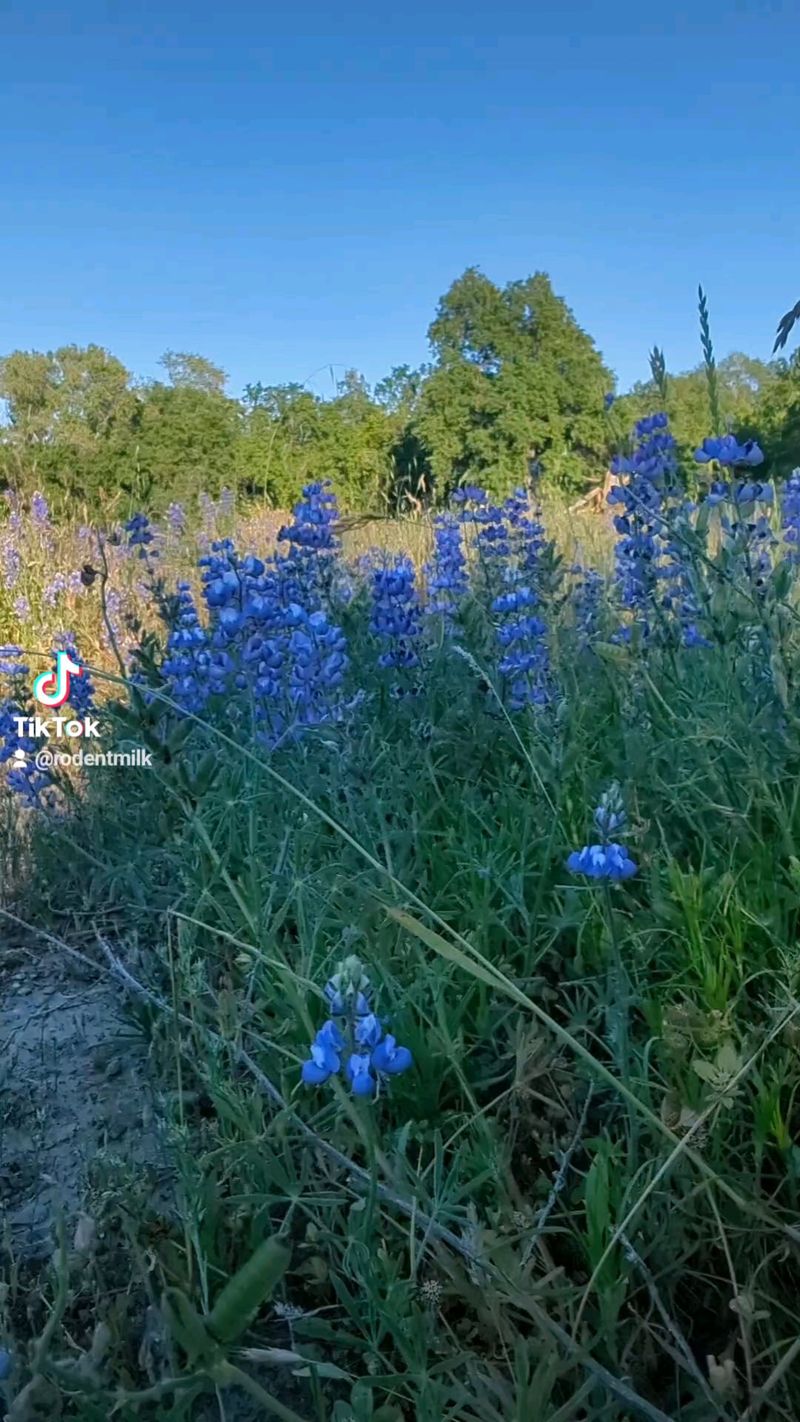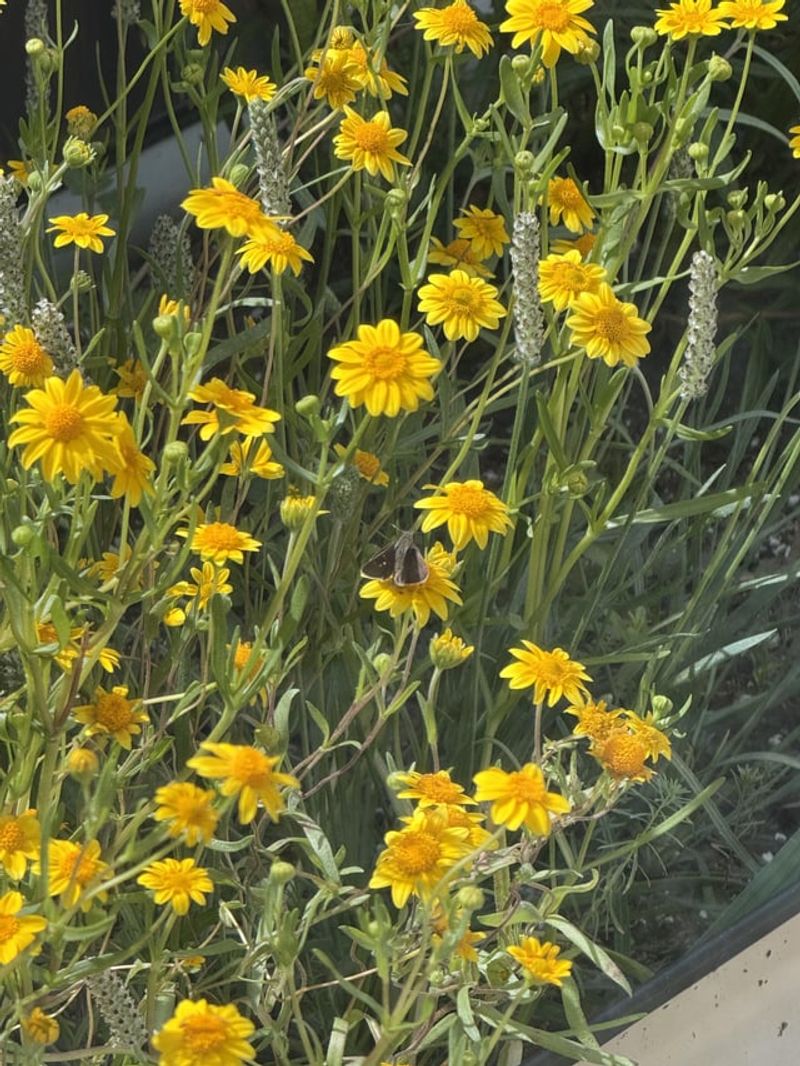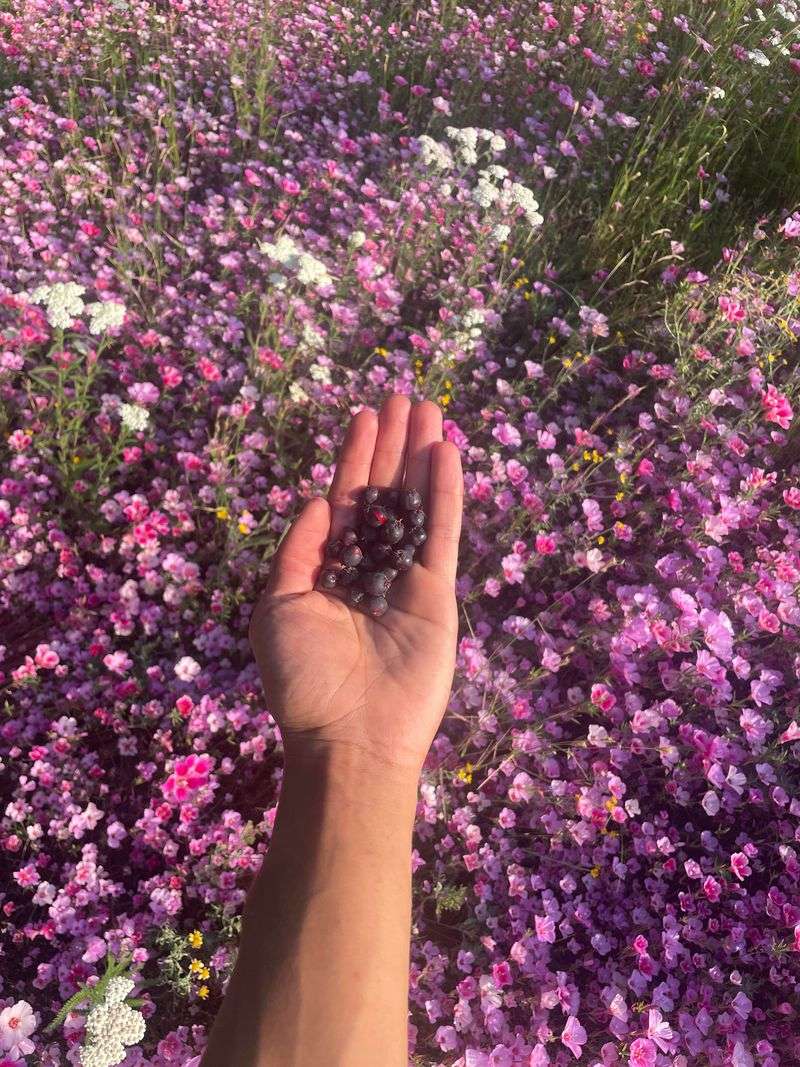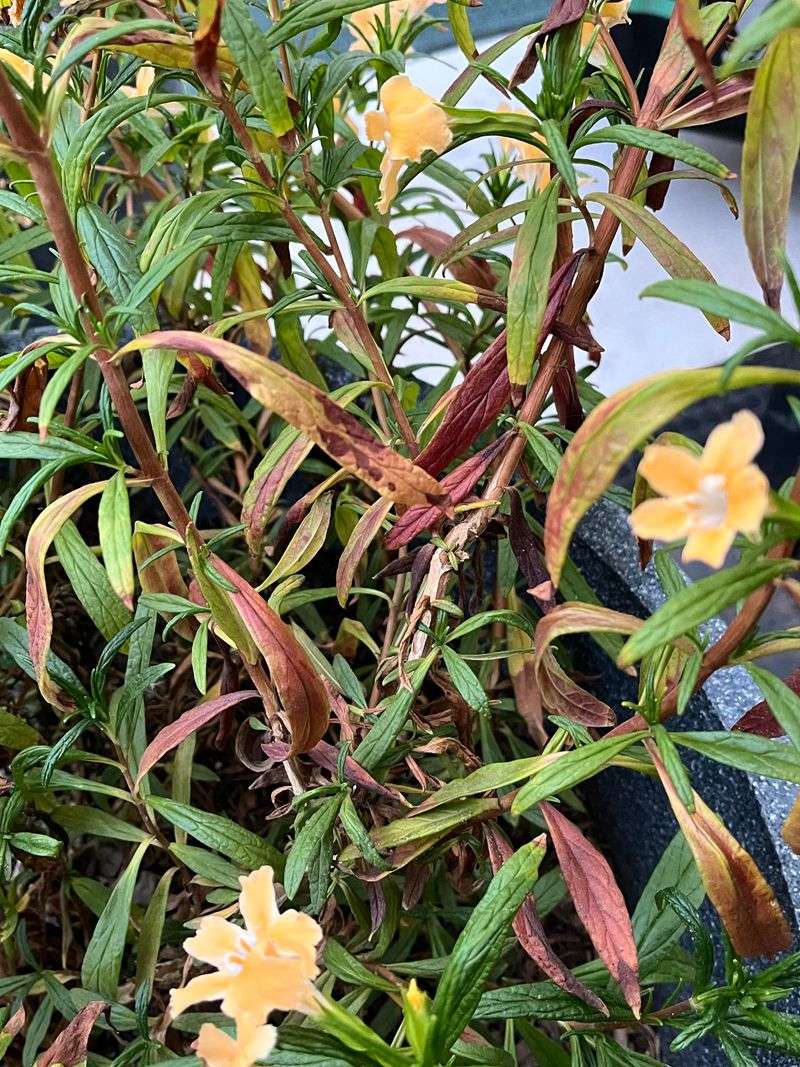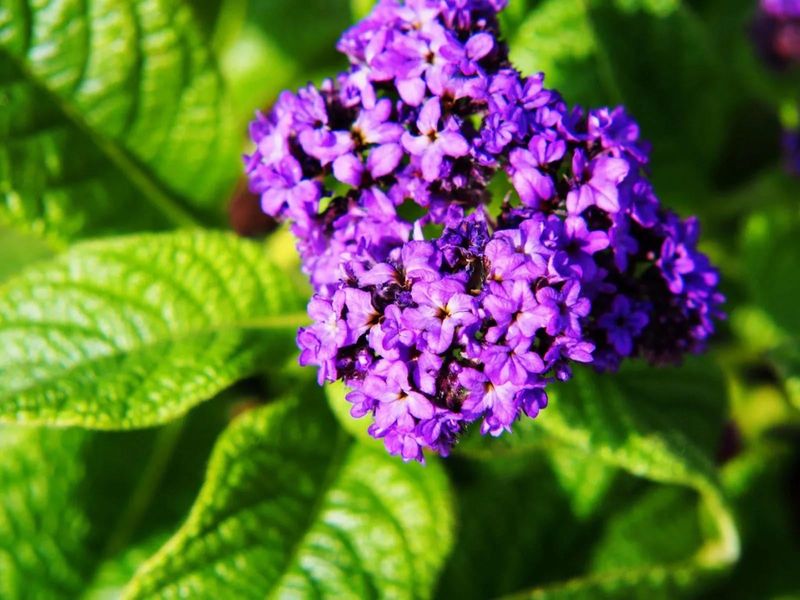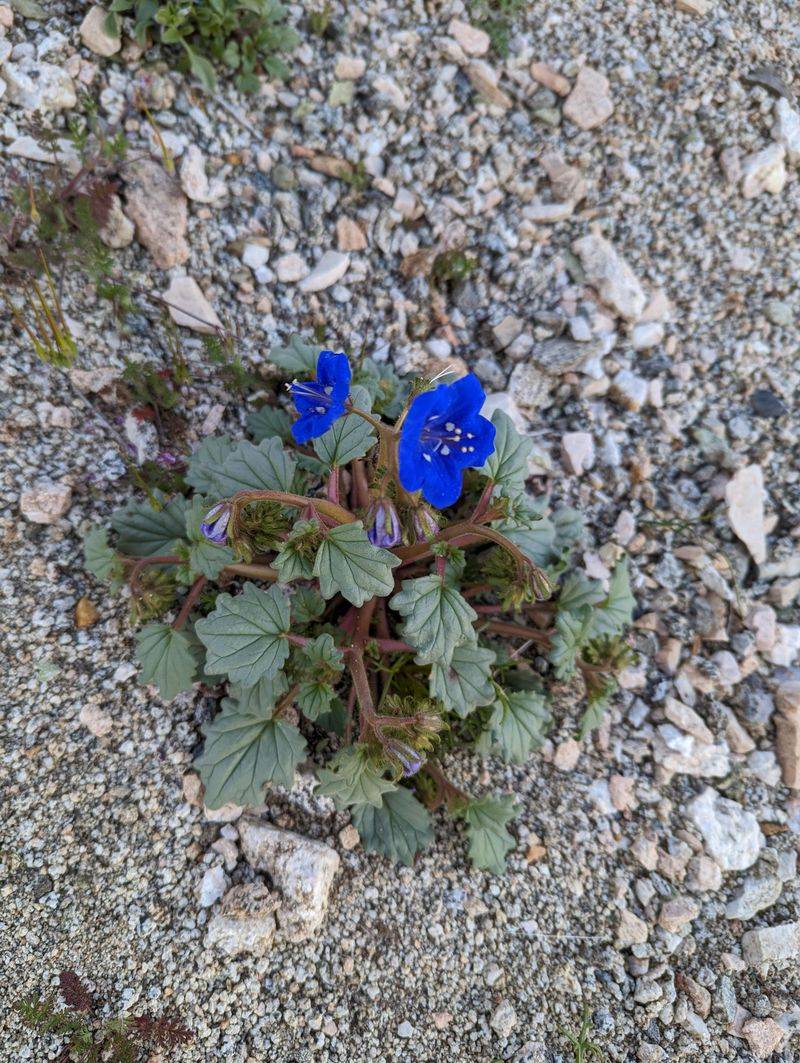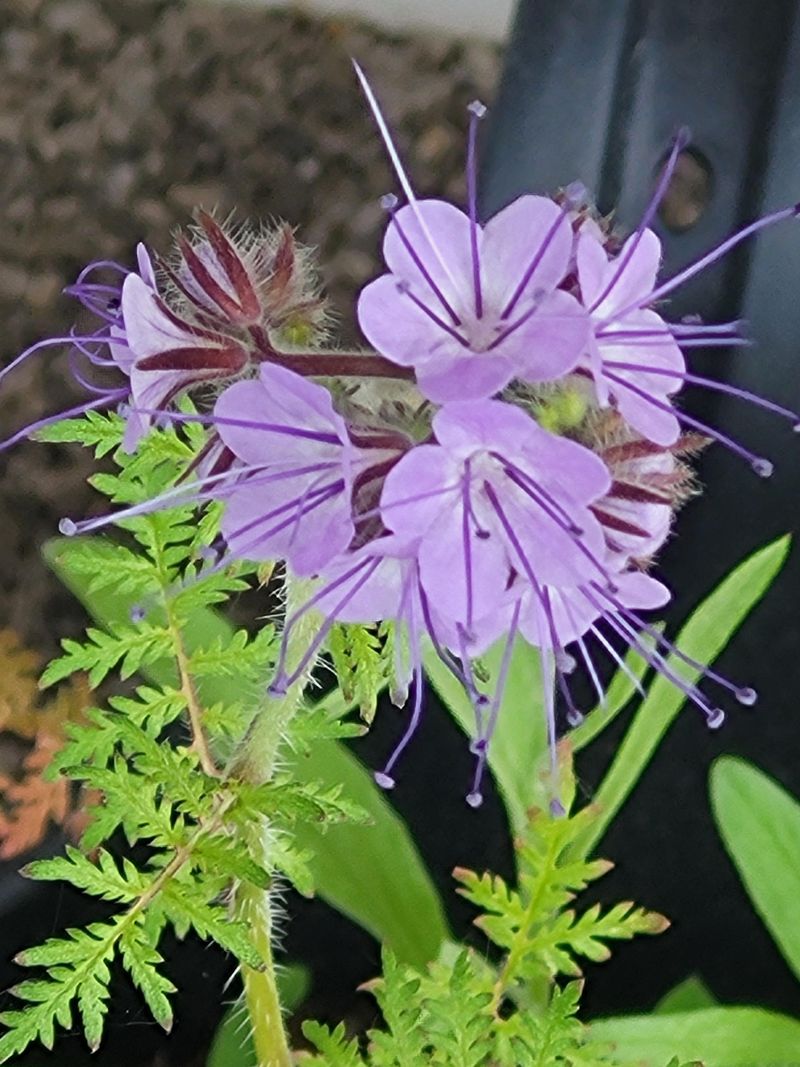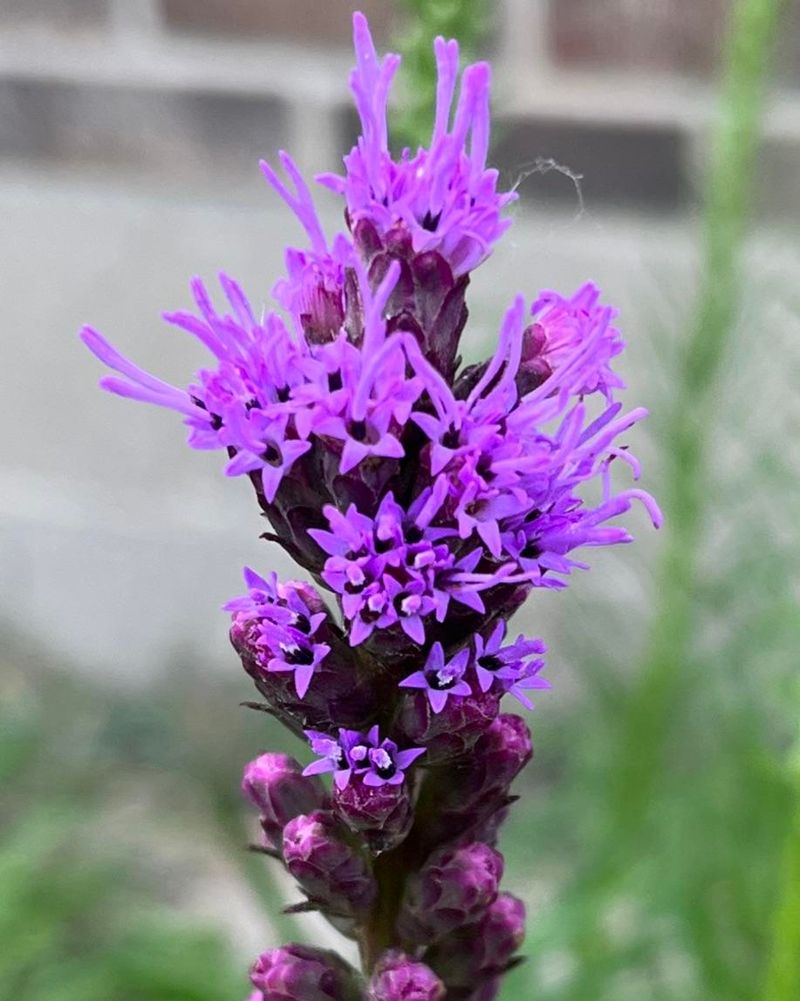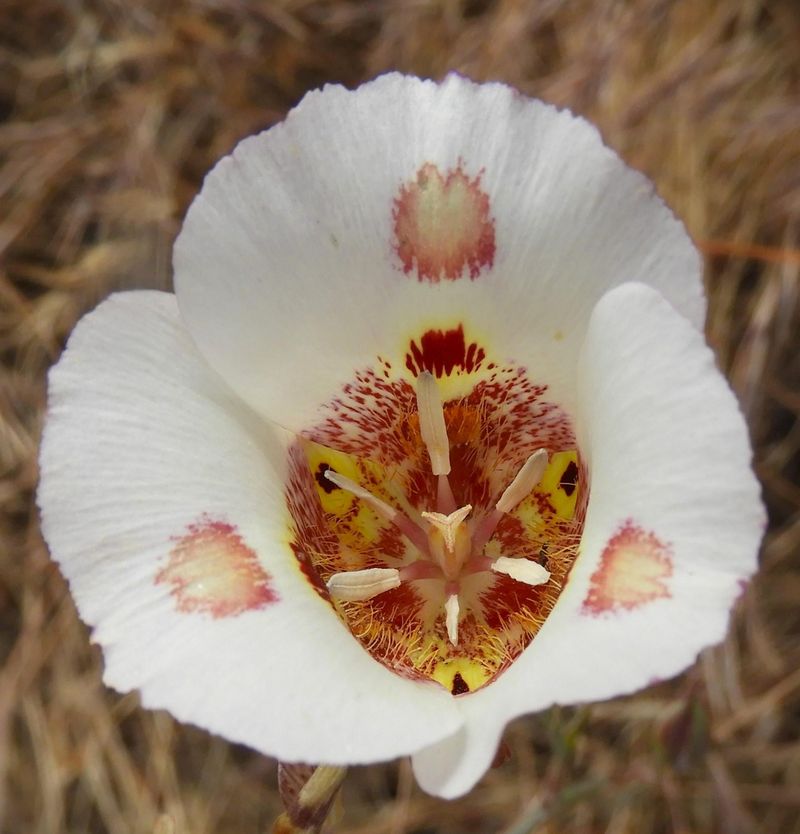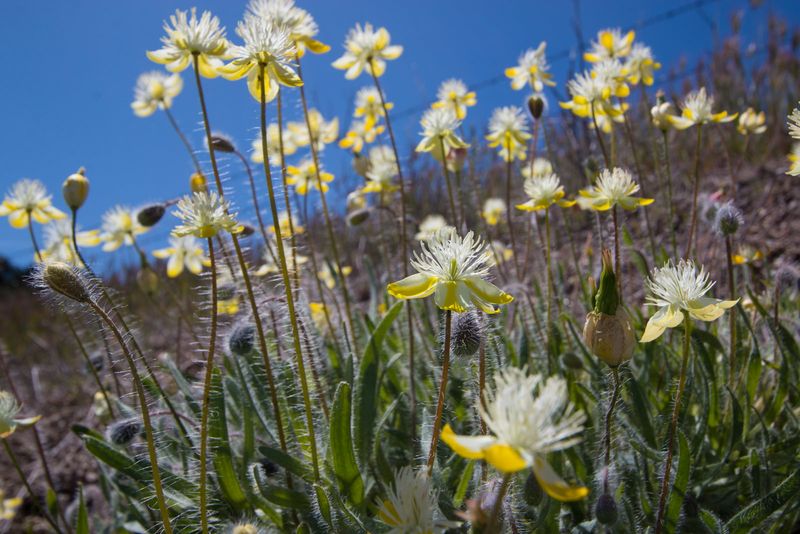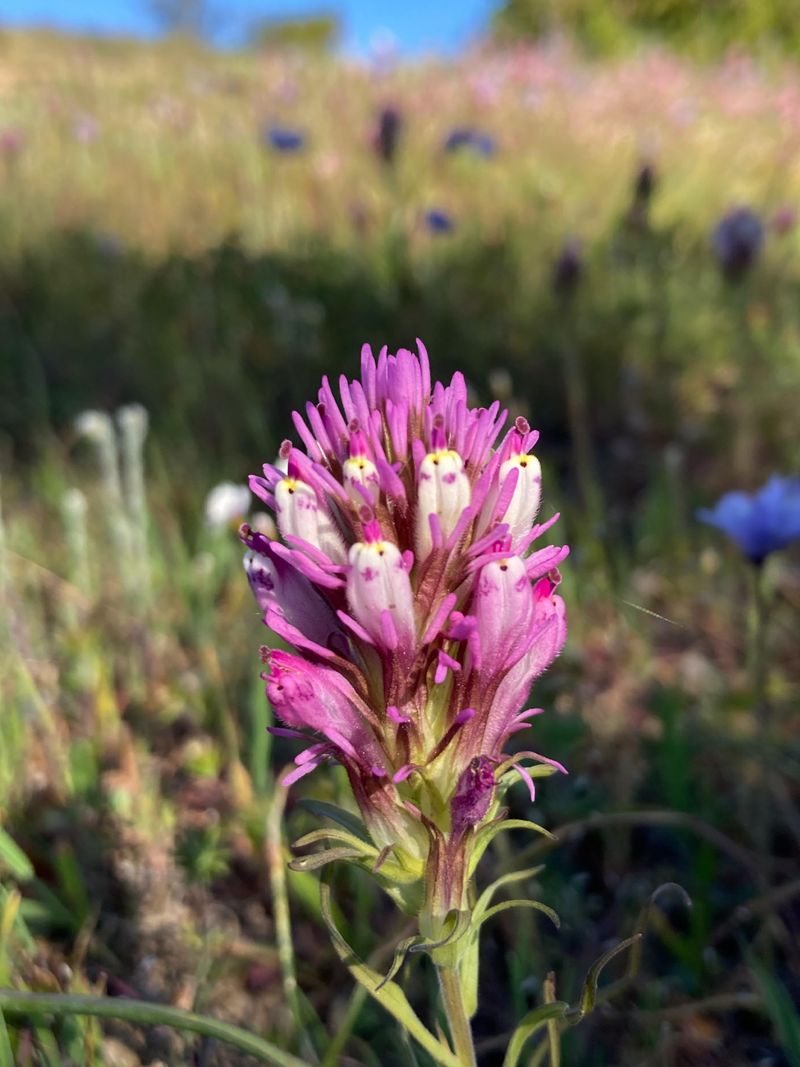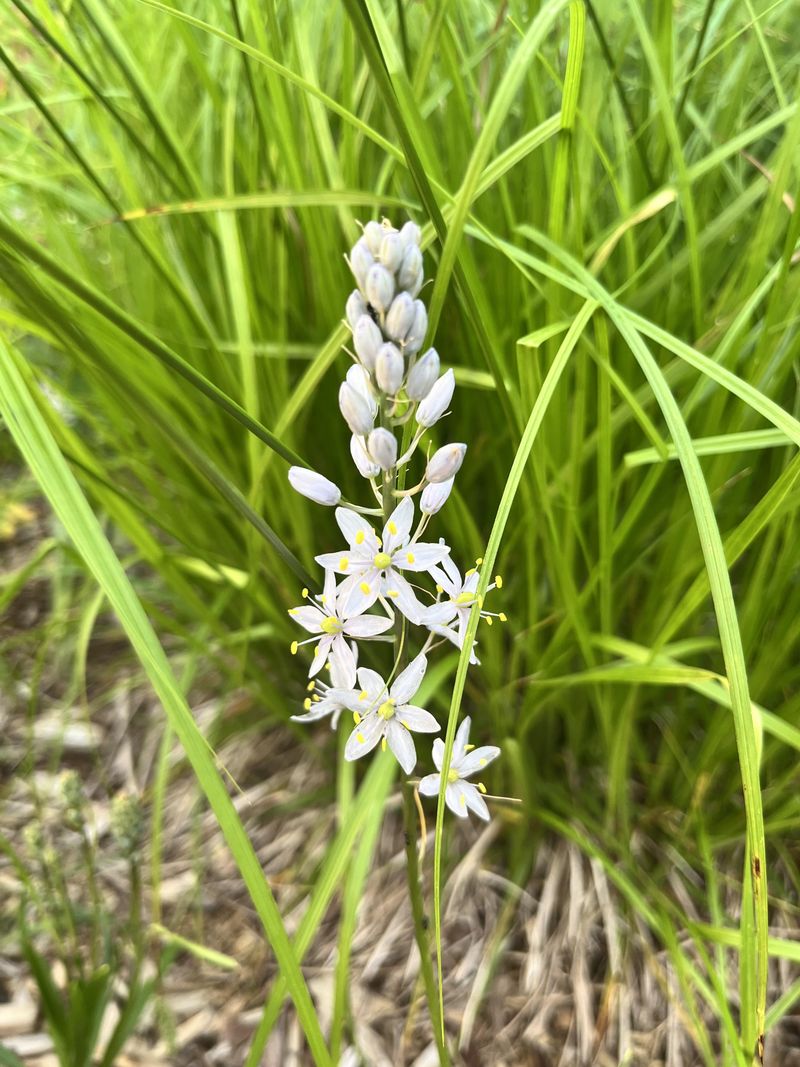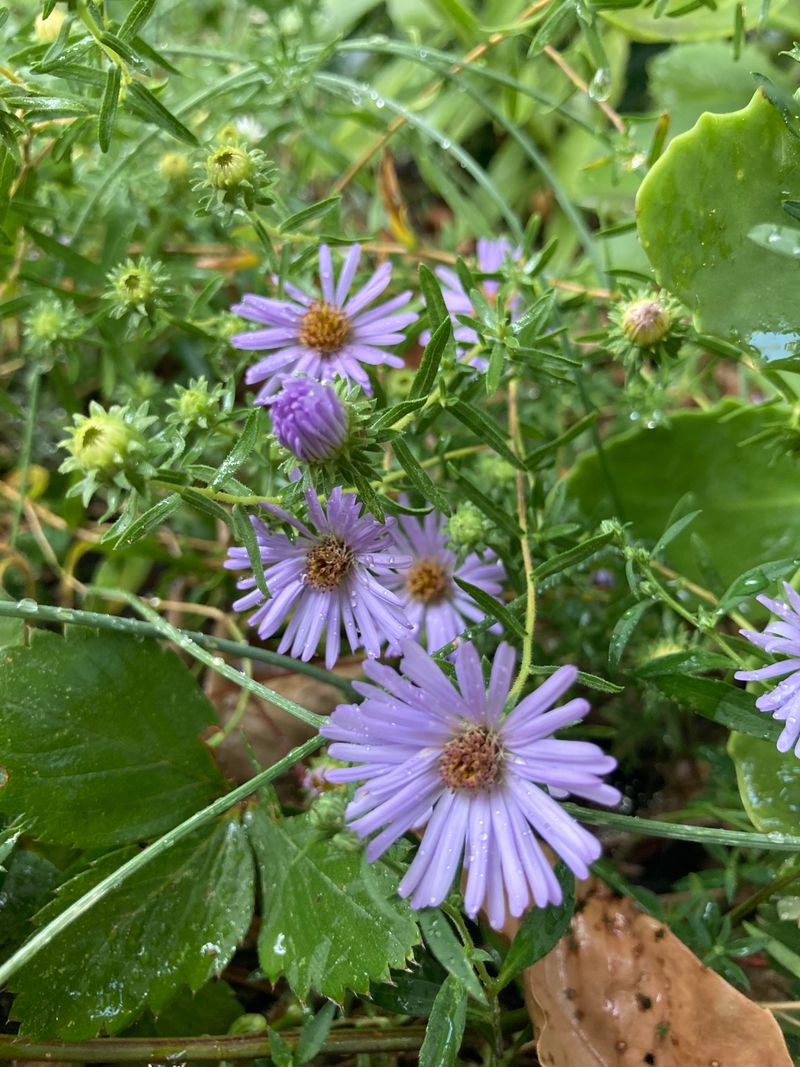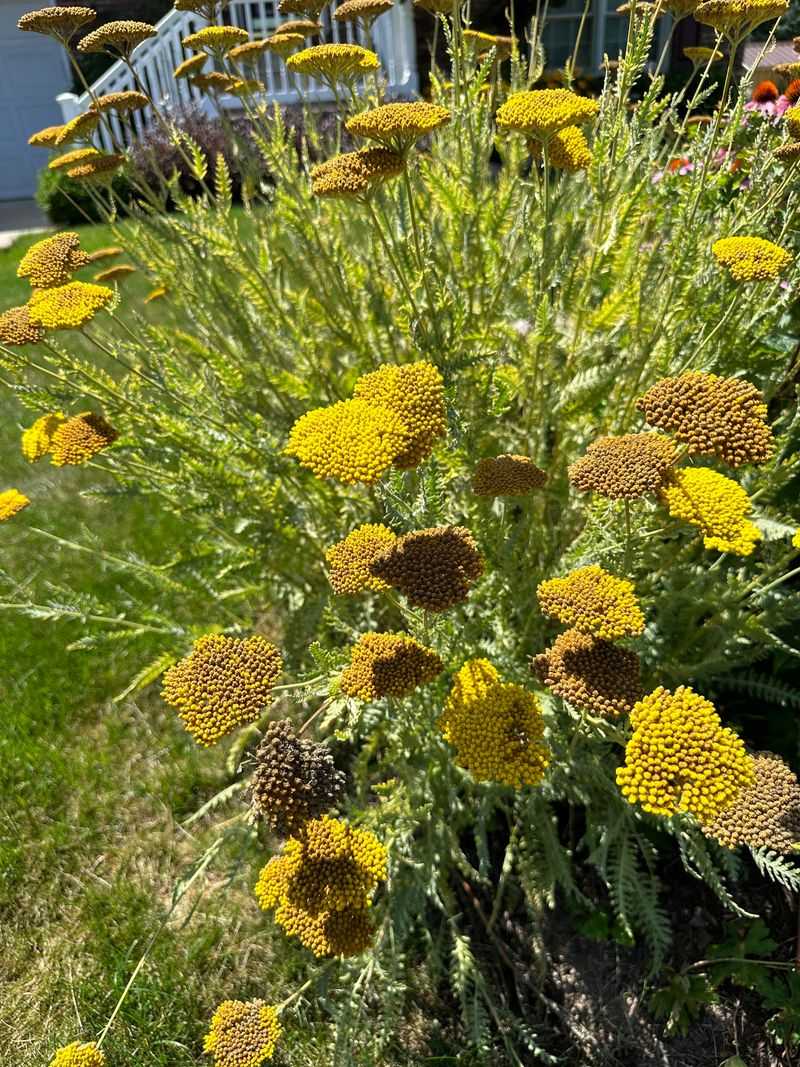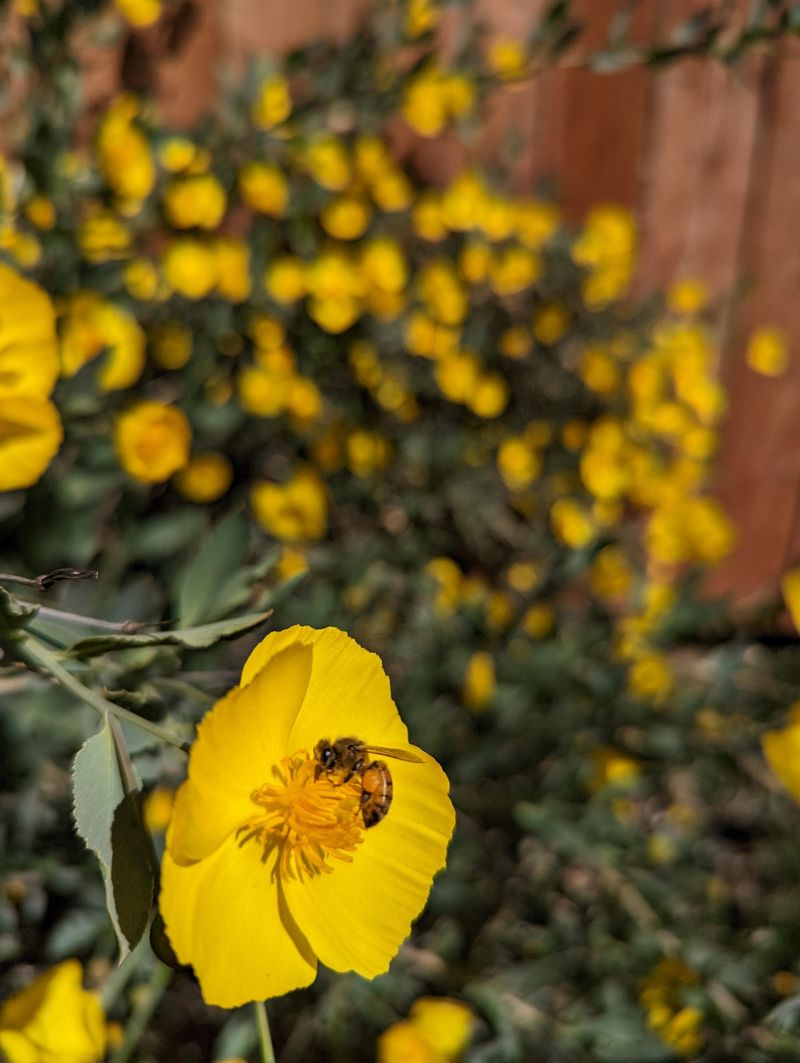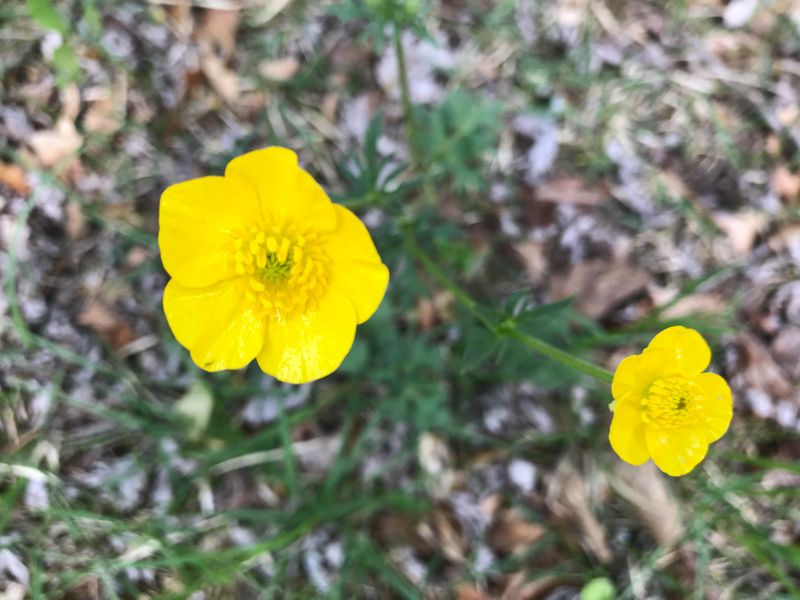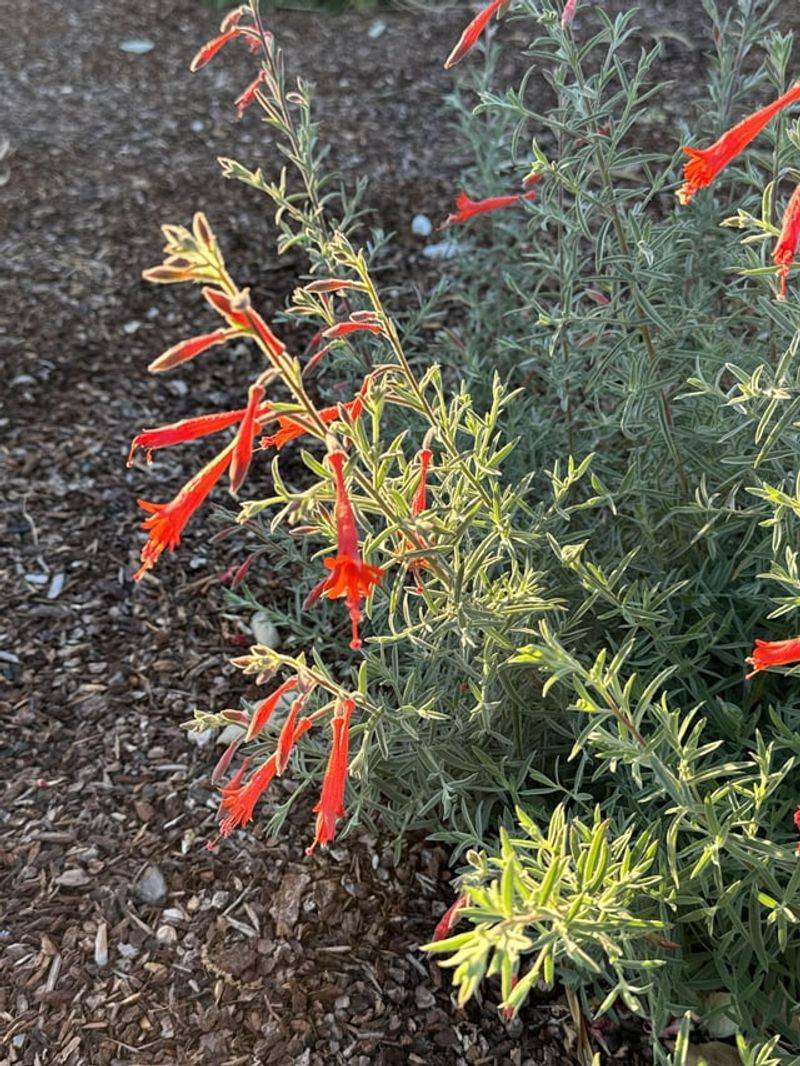Spring in California is a magical time of year when the hills and valleys burst into color with a dazzling display of wildflowers.
These natural wonders are more than just plants; they are a testament to the beauty and diversity of the Golden State’s ecosystems. Each of these wildflowers tells a story, from the vibrant hues of the California Poppy to the delicate petals of the Mariposa Lily.
Join me as we embark on a journey through California’s iconic wildflowers, each offering a unique glimpse into the splendor of spring.
1. California Poppy
The California Poppy is the golden icon of the West Coast—bright, cheerful, and impossible to miss. Its silky petals open with the sun and close at dusk or during cloudy weather, adding a rhythmic charm to hillsides and gardens alike.
It thrives in poor, sandy soils and full sun, needing very little water once established. Sow seeds in fall or early spring for the best bloom.
Once you plant them, they often return year after year with minimal effort—nature’s gift that keeps on giving.
2. Lupine
Lupines stand tall with bold spikes of purple, blue, or even pink flowers that look like wildflower royalty. Their unique leaf shape fans out like little green hands, catching the morning dew.
They love full sun and well-drained soil, especially in areas that mimic their native foothill and coastal habitats. Plant seeds in fall and lightly water until established.
They’re also nitrogen-fixers, meaning they enrich the soil as they grow—a win-win for your wildflower patch.
3. Desert Five-Spot
This dreamy desert bloom has delicate pink petals, each marked with a deep magenta spot—like nature painted each one by hand. It’s a springtime stunner across desert landscapes after a rainy season.
Desert Five-Spot thrives in sandy, well-draining soil and full sun, blooming best when winters bring a good soak.
Sow seeds in fall or early winter, and don’t overwater. With just the right touch, it delivers one of the most magical spring wildflower displays out there.
4. Baby Blue Eyes
Baby Blue Eyes is as sweet as its name suggests, with delicate sky-blue flowers and a low, spreading habit that softens any wildflower mix. It’s especially stunning under oaks or among grasses.
It prefers cooler conditions and light shade, making it perfect for early spring gardens or areas with dappled light.
Sow seeds in late fall for spring blooms, and water gently while they establish. This flower adds a soft, cool-toned glow to any landscape.
5. Owl’s Clover
Owl’s Clover brings vibrant magenta tones to the wildflower party, with unique brush-like blooms that rise above the grasses. It’s a semi-parasitic plant, borrowing nutrients from its neighbors without harming them.
Best planted in a diverse mix, it thrives in full sun and well-draining soil.
Sow in fall alongside native grasses or wildflowers for a natural pairing. It creates a dynamic pop of color in open fields and meadows.
6. Tidy Tips
Tidy Tips are small but striking, with cheerful yellow petals perfectly tipped in white—like each one was dipped in cream. They add crisp definition to any wildflower mix.
This annual thrives in full sun and well-drained soil, making it ideal for meadows and roadside displays.
Sow seeds in fall for the best show in spring, and enjoy their clean, upright form. They pair beautifully with California poppies for a bright contrast.
7. Dipterostemon
Dipterostemons are elegant, violet-blue wildflowers that grow from underground corms. They send up slender stalks topped with clustered blooms, swaying gently in the breeze.
They’re one of California’s most widespread natives, popping up in grasslands and hillsides each spring.
Plant corms or scatter seeds in fall in full sun or part shade. They’re drought-tolerant and add graceful height to native gardens.
8. Indian Paintbrush
Indian Paintbrush looks like it was dipped in fire—its bright red or orange bracts are truly attention-grabbing. This wildflower is semi-parasitic, latching onto the roots of nearby plants for nutrients.
It thrives in full sun and sandy or rocky soil, often growing alongside grasses or other natives.
Start seeds in fall and plant with compatible hosts like lupine or native bunchgrass. The payoff is pure visual drama.
9. Evening Primrose
Evening Primrose opens its buttery yellow blooms at dusk, adding unexpected beauty to twilight hours. Its sweet scent and glowing petals attract nighttime pollinators like moths.
This hardy native thrives in sandy, disturbed soil and full sun.
Sow seeds in fall or winter and let it self-seed for ongoing blooms. It brings a little bit of moonlight magic to the spring garden.
10. Sky Lupine
Sky Lupine is a smaller, low-growing cousin of the classic lupine, with soft blue and white blooms that blanket hillsides in spring. It’s a California favorite for good reason.
This wildflower prefers full sun and fast-draining soil, especially after a wet winter.
Direct sow seeds in fall, and avoid overwatering once established. Sky Lupine creates a dreamy, watercolor effect when grown in masses.
11. Goldfields
Goldfields are tiny, daisy-like blooms that create carpets of brilliant yellow across California’s spring landscapes. Don’t let their size fool you—they bring big impact.
They thrive in full sun and dry, well-drained soil, often blanketing open hillsides after a good rain.
Sow seeds in fall for a spring explosion of gold, and watch them naturalize easily. These cheerful blooms are perfect for filling in spaces between taller wildflowers.
12. Farewell-to-Spring
Farewell-to-Spring is a late-season bloomer with cup-shaped flowers in shades of pink, rose, and magenta. It’s the show-stopper that signals the end of wildflower season.
This adaptable annual loves sun and sandy or rocky soil and blooms long after others begin to fade.
Scatter seeds in late fall for color that lasts into early summer. It’s the perfect finale for any native wildflower display.
13. Sticky Monkey Flower
Sticky Monkey Flower stands out with its bright orange, tubular blooms and slightly sticky leaves. Hummingbirds adore it, and so do coastal gardeners.
It thrives in rocky, well-draining soil and sunny spots, especially in foothills and chaparral zones.
Plant in fall or early spring and let it settle in—it can handle drought like a pro. Once established, it adds bold color and pollinator action to any native planting.
14. Wild Heliotrope
Wild Heliotrope brings soft lavender flowers and a subtle vanilla scent to the mix. It grows low to the ground and spreads out in gentle waves.
Perfect for coastal or inland areas with light shade and sandy soil, it’s a calm and cooling presence in a sea of wild color.
Sow seeds in fall or early spring and water lightly during germination. It’s a soft-spoken wildflower that quietly pulls everything together.
15. Chinese Houses
Chinese Houses are delicate and whimsical, with tiered purple and white blossoms stacked like miniature pagodas. They bring elegance to any shady corner.
These beauties love dappled light and rich, loamy soil—ideal under trees or along woodland edges.
Sow seeds in fall and keep the soil moist while they establish. Their unique shape and gentle color make them true wildflower gems.
16. California Bluebell
California Bluebell offers delicate, bell-shaped blooms in a stunning shade of deep violet-blue. It’s a dainty native that brings charm to even the driest places.
This annual thrives in sandy soil and full sun, making it ideal for desert-style or low-water gardens.
Sow seeds in fall or winter, and let them scatter naturally each year. It’s a soft-spoken but magical addition to any wildflower mix.
17. Phacelia
Phacelia’s curled, lavender-blue blooms look like something from another planet, unfurling like a fern as they bloom. Bees and butterflies absolutely flock to it.
It prefers full sun and fast-draining soil and does well in wildflower gardens and pollinator patches alike.
Sow in fall, and once it gets going, Phacelia will naturalize easily. It’s both striking and beneficial—form and function in one.
18. Blazing Star
Blazing Star is aptly named, with spiky yellow flowers that explode like firebursts atop slender stems. Native to dry hills and sandy soil, it shines brightest in full sun.
This plant is drought-tolerant and thrives with minimal water once it’s established.
Sow seeds in fall or early spring and give it room to grow tall. It adds vertical excitement to flat wildflower fields.
19. Mariposa Lily
Mariposa Lily brings a touch of elegance with its creamy, cup-shaped flowers dotted with intricate patterns. Each bloom feels like a tiny work of art.
This bulb-based wildflower prefers rocky or well-drained soil and lots of sunlight.
Plant bulbs in fall and expect spring blooms with a surprisingly refined presence. It’s rare, delicate, and a total standout.
20. Wild Canterbury Bells
Wild Canterbury Bells feature rich violet-blue bell-shaped flowers that dangle delicately from branching stems. They love shady spots and bring elegance to woodland gardens.
Plant seeds in moist, well-drained soil and partial sun or filtered light.
Sow in fall and water gently during germination. When in bloom, they offer a graceful, almost fairy-tale vibe to quiet corners.
21. Cream Cups
Cream Cups are sunny little blooms with pale yellow petals and bright golden centers that look like drops of sunshine. Their delicate appearance hides a surprisingly tough spirit.
They thrive in full sun and sandy, well-drained soil, blooming brightly across fields and slopes.
Sow seeds in fall and let them self-seed for future spring displays. These understated beauties make a perfect soft contrast to bold-colored wildflowers.
22. Purple Owl’s Clover
Purple Owl’s Clover has vivid magenta flowers stacked like fuzzy little brushes, bringing texture and boldness to native meadows. It’s semi-parasitic, which means it borrows nutrients from nearby roots.
For best results, grow it alongside native grasses or wildflowers like poppies or lupines.
It prefers full sun and fast-draining soil, and it thrives with little water once established. A little wild, a little weird—and a total pollinator magnet.
23. Yellow Pincushion
Yellow Pincushion is a bright, globe-like bloom with frilly petals that truly lives up to its name. It adds volume and cheerful bursts of yellow to any wildflower spread.
This hardy annual prefers sunny, dry spots and poor soil—perfect for low-maintenance areas.
Sow in fall for spring blooms, and watch it return year after year with very little fuss. It’s bold, bright, and great for bees.
24. Chaparral Yucca
Chaparral Yucca is a dramatic, spiky-leaved plant that sends up towering flower stalks covered in creamy white blossoms. It’s a true desert icon with serious wow factor.
This native thrives on rocky slopes, dry hillsides, and in full sun with minimal water.
While slow-growing, its striking blooms are worth the wait. Plant it where it can stand tall and shine like a desert torch.
25. Douglas Iris
Douglas Iris is a coastal native with elegant, violet-blue petals and sword-shaped leaves. It thrives in cooler coastal regions and adds softness to shady or semi-sunny spots.
This perennial prefers moist, rich soil but can handle some summer drought once established.
Plant rhizomes in fall and enjoy graceful blooms by spring. It’s a classy contrast to the showier wildflowers in the mix.
26. Wild Hyacinth
Wild Hyacinth produces tall, slender stalks covered in starry lavender-blue flowers that sway gracefully in the breeze. It brings a soft, whimsical look to spring landscapes.
This bulb-based beauty thrives in grassy meadows and open woodland areas with moist, well-drained soil.
Plant bulbs in fall and let them rest through the winter—spring will reward you with delicate blooms that bees adore. It’s subtle, but unforgettable.
27. California Aster
California Aster offers lavender to pale purple flowers with yellow centers, blooming late into summer and fall when most wildflowers have faded. It keeps the color coming.
This tough perennial prefers dry, sunny spots and does well with minimal water.
Plant in early spring or fall and give it a bit of space to spread. It attracts butterflies and fills in the seasonal gaps with soft, dusty charm.
28. Golden Yarrow
Golden Yarrow is a burst of sunshine in plant form—dense clusters of tiny yellow flowers sit atop tall, sturdy stems. It’s bold, bee-friendly, and drought-tolerant.
Perfect for rocky or dry slopes, it thrives in full sun and lean soil.
Sow seeds in fall or plant starts in spring, and it’ll return reliably each year. A wildflower with both color and grit.
29. Bush Poppy
Bush Poppy is a shrubby, evergreen native with bright yellow, buttercup-like blooms that pop against its blue-green foliage. It adds structure and year-round presence.
It loves full sun and rocky, well-drained soil, and once established, it requires little to no water.
Plant in fall or early spring, and enjoy blooms from late winter into summer. It’s a sturdy anchor in a wildflower garden full of annuals.
30. Buttercup
Buttercup is the classic wildflower—simple, joyful, and bright. Its glossy yellow petals reflect sunlight like tiny mirrors.
It prefers open, grassy areas with moist soil and partial to full sun.
Sow seeds in fall and expect cheerful spring blooms that naturalize easily. A feel-good favorite for any wild patch.
31. California Fuchsia
California Fuchsia closes the wildflower season with fiery red-orange blooms that blaze through summer into fall. It’s a hummingbird magnet and a drought-defying star.
This perennial thrives in dry, rocky soil and full sun, blooming when most other wildflowers are long gone.
Plant in spring or fall and trim back in winter to keep it tidy. It finishes your wildflower display with a bold, unforgettable finale.

